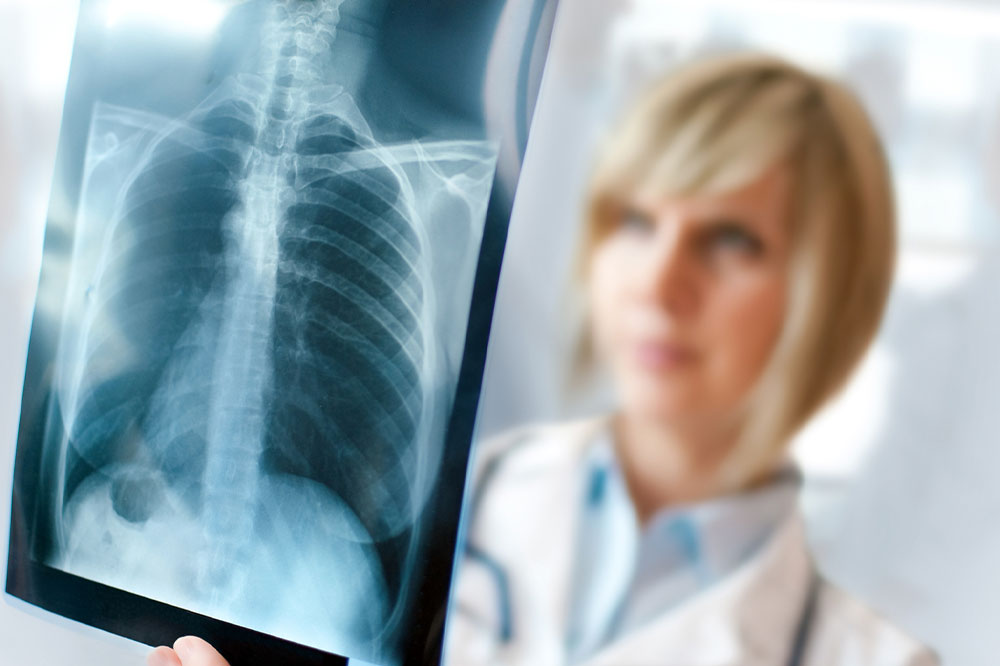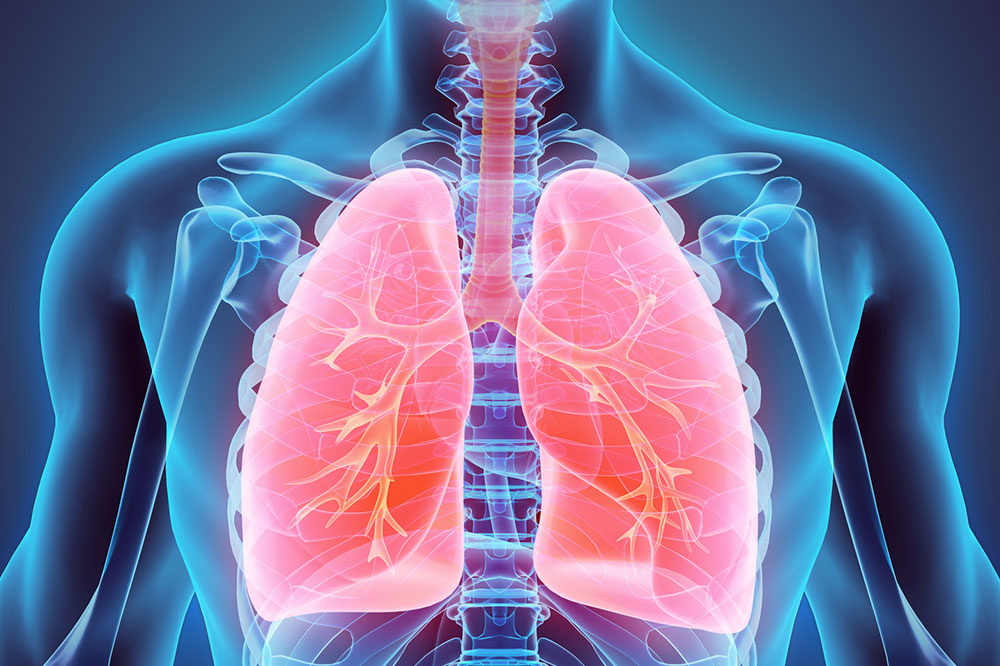Complete Guide to Lung Cancer: Types, Stages, and Treatment Options
This comprehensive guide explores lung cancer's main types, stages, and the latest treatment options. It emphasizes early detection's importance and provides insights into medication, surgical, and immunotherapy approaches to manage this challenging disease. Perfect for patients and caregivers seeking detailed information about lung cancer management strategies.

In-Depth Understanding of Lung Cancer: Types, Progression Stages, and Treatment Approaches
Lung cancer is one of the most complex and challenging malignancies to diagnose early due to its large lung volume and often subtle initial symptoms, such as persistent cough, fatigue, and shortness of breath. Early detection is crucial because it greatly influences the success rate of treatment and patient outcomes. The disease manifests primarily in two main histological types: non-small cell lung cancer (NSCLC) and small cell lung cancer (SCLC). These types differ significantly in their biological behavior, progression patterns, and treatment methodologies. Additionally, the stage of lung cancer is determined by how far the tumor has advanced—whether it remains confined within the lungs, involves nearby lymph nodes, or has metastasized to distant organs like the liver or brain.
Detecting lung cancer at an early stage dramatically enhances the chances of successful intervention. This comprehensive guide delves into the two predominant types of lung cancer, their respective stages, and the latest treatment strategies available for patients. Staying informed about these aspects can help individuals understand the importance of early screening and the options they have if diagnosed.
Non-small cell lung cancer (NSCLC) - Accounts for approximately 85% of lung cancer cases. It includes several subtypes such as adenocarcinoma, squamous cell carcinoma, and large cell carcinoma. These subtypes differ in their cellular origin and growth patterns, which influence treatment choices and prognosis.
Understanding the Stages of NSCLC
Stage I:
At this initial stage, the tumor is localized within the lung tissue without any spread to lymph nodes or distant organs. Surgical removal of the tumor offers the best chance for a cure, often involving resection of the affected lung lobe.
Stage II:
The cancer begins to extend within the lung and nearby lymph nodes, indicating a progression but still localized enough for potentially curative treatment. Surgery combined with chemotherapy is commonly recommended to address micrometastases.
Stage III:
This stage is characterized by further regional spread, involving the middle of the chest, including mediastinal lymph nodes. It is divided into two subcategories:
Stage IIIA: Cancer has spread to lymph nodes on the same side of the chest.
Stage IIIB: Spread to lymph nodes on the opposite side or above the collarbone, which often makes surgical options less viable and necessitates systemic therapies.
Stage IV:
The most advanced stage, where the cancer has metastasized beyond the lungs to other parts of the body such as the liver, bones, brain, or adrenal glands. Symptoms become more severe, and treatment focuses on prolonging quality life and managing symptoms.
Treatment Modalities for NSCLC
Surgery: Highly effective in early stages (I and II), involving lobectomy or pneumonectomy to physically remove the tumor.
Chemotherapy and Radiation Therapy: Often used post-surgery in stages II and IIIA; in advanced stages, these become primary treatments to control tumor growth.
Immunotherapy: An innovative approach employing the body's immune system to target cancer cells, showing promising results known for improving survival rates.
Small Cell Lung Cancer (SCLC) - Represents about 15% of all lung cancers. It tends to grow more rapidly and spreads faster compared to NSCLC but generally responds better to chemotherapy. It's closely linked to smoking and often diagnosed at a more advanced stage.
Stages of SCLC
Limited Stage: The tumor is confined to one lung and regional lymph nodes, making it potentially amenable to localized treatment approaches.
Extensive Stage: The disease has spread beyond initial regions to other parts of the chest or distant organs, requiring systemic therapy for management.
Management Strategies for SCLC
Chemotherapy and Radiation Therapy: Mainstay treatments, especially effective in limited-stage disease, often used in combination to maximize efficacy.
Surgery: Considered only in localized cases without lymph node involvement, usually followed by chemotherapy to address microscopic disease spread.
Early diagnosis and prompt treatment are critical factors that significantly influence the prognosis of lung cancer patients. Although early symptoms are often mild or nonspecific, regular screenings for at-risk populations can lead to earlier detection. Understanding the disease's classification, stages, and treatment options empowers patients and healthcare professionals to make informed decisions. If you or someone you know exhibits symptoms associated with lung cancer, consulting a healthcare professional promptly for diagnosis and tailored treatment plans is essential for improving outcomes.





